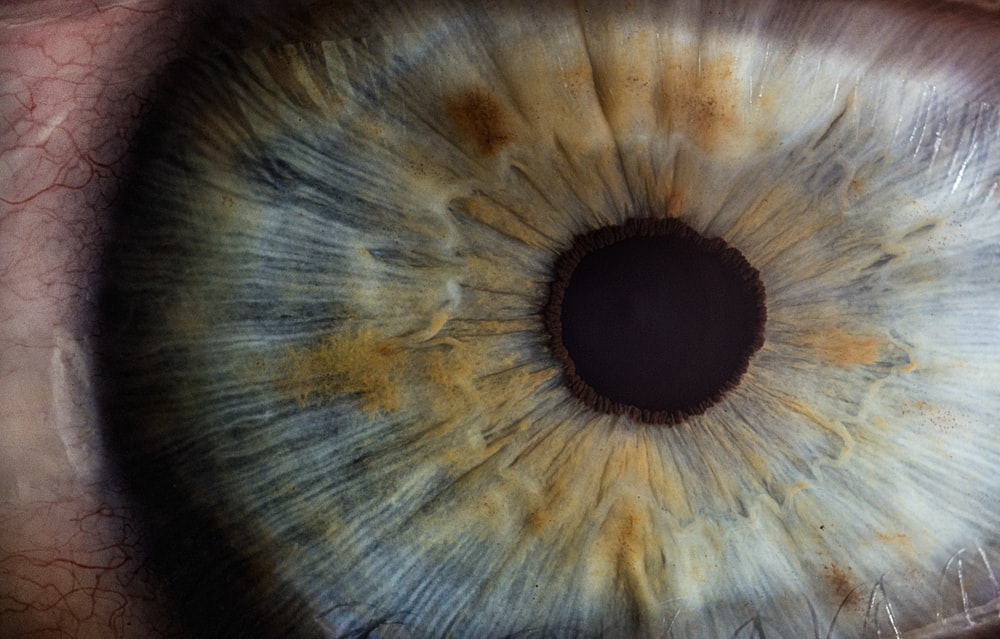What Are the First Signs for Development of Glaucoma?

Glaucoma is the number one cause of blindness in adult humans over 60. However, Glaucoma can affect people of any age. People are generally not aware of the signs that come with contracting Glaucoma because there aren't a lot of warning signs present. The best way to know if you have Glaucoma is through having regular eye exams.
How Do You Know When You Have Glaucoma?
This disease is constantly changing, and it has very few warning signs. However, you can't simply ignore the disease as you may become blind without treatment. Glaucoma occurs due to massive pressure on the optic nerve resulting in significant damage. As the pressure mounts, it can lead to a loss of vision and eventually blindness if it is not treated or monitored properly.
There are different types of Glaucoma, but open-angle Glaucoma is the most common type. It is difficult to recognize since the early symptoms are non-existent until peripheral vision is lost. If you have Glaucoma, chances are you may lose vision in patches and experience blind spots more often. You have to be careful to prevent Glaucoma as any vision loss incurred due to Glaucoma is not reversible.
What are the First Signs of Glaucoma?
One of the most important things to note in Glaucoma is that it may appear seemingly out of nowhere. However, there are signs which inform us about its presence. If you start developing any of the following symptoms, it will do you well to seek immediate help:
1. Loss of Peripheral or Side Vision.
Peripheral vision allows us to see from the side of our eyes without having to move our heads. If you find that your field of vision is becoming restricted, such as being unable to look sideways without moving your head, then you should get tested for Glaucoma.
2. Seeing Halos Around Sources of Light
If you can see glares when you shouldn't or if you can see rainbow-colored circles in lights, it could be a sign of Glaucoma. Similarly, if you think you're unusually sensitive to light, it could also be a precursor to Glaucoma.
3. Vision Loss
If you can see one minute and can't see in the very next, then there may be some vision loss that you have to deal with.
4. Redness
If you think your eyes are turning red and you're facing extreme headaches, then it may be a sign of infection or acute Glaucoma.
5. Eyes that Look Hazy
If you're young and you find that you're having trouble seeing clearly, then it's probable you're developing Glaucoma.
6. Nausea and Vomiting
You may also find that severe eye pain causes an adverse reaction in your body, manifesting as nausea or vomiting.
7. Eye pain and Head Pains
In angle-closure Glaucoma, you may find that the Glaucoma is developing quickly and all too suddenly. You may be losing your vision altogether, which may come with many eye and head pains.




